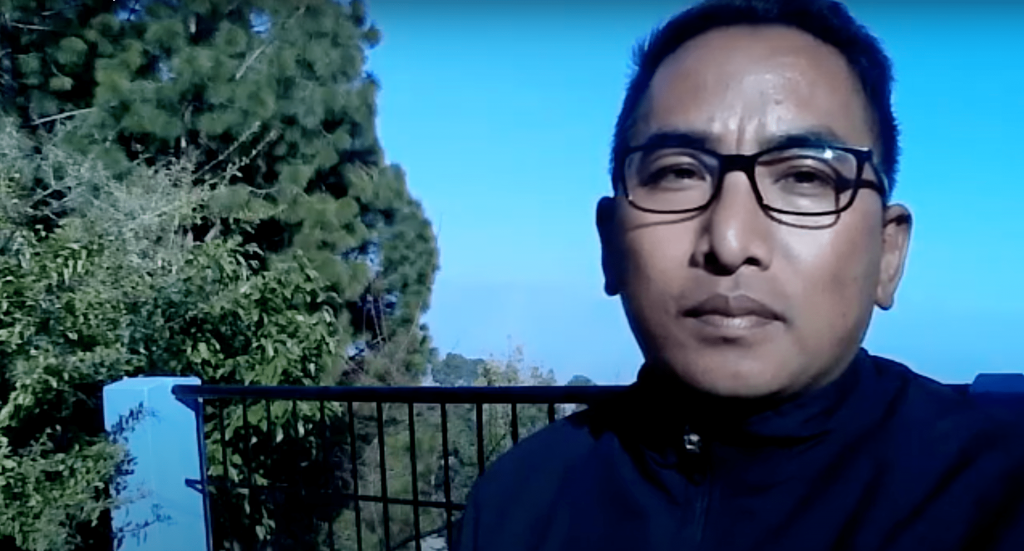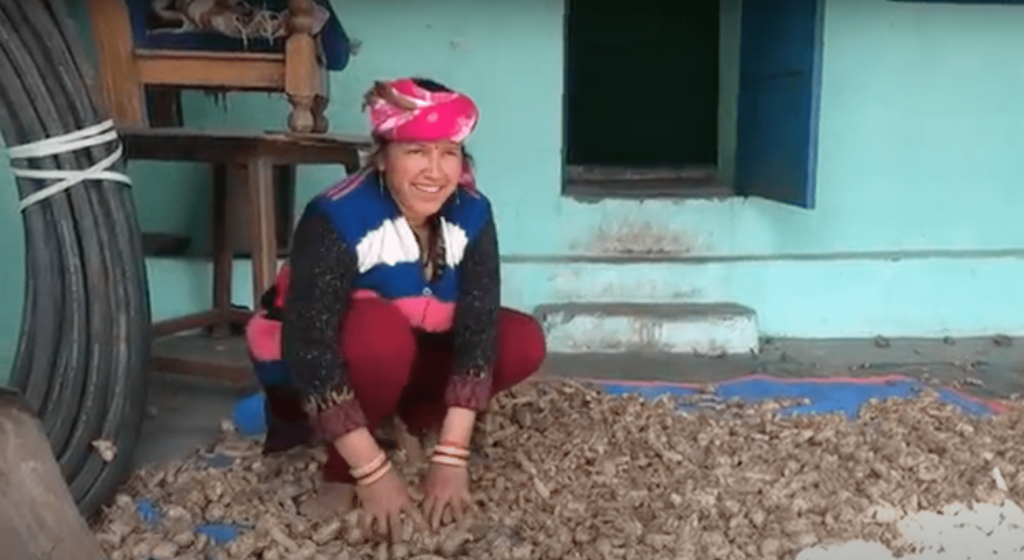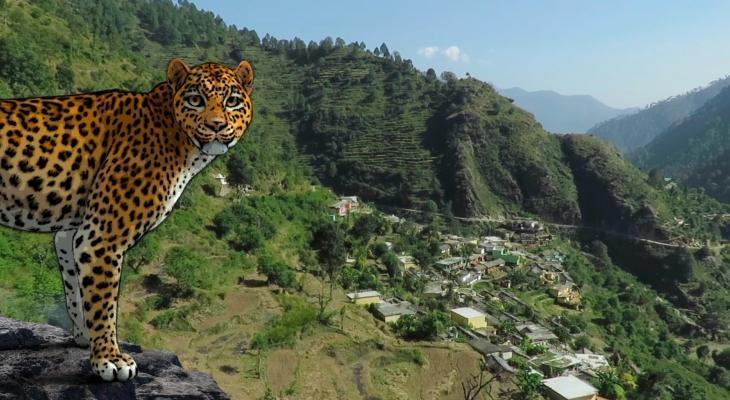How Our Better World’s Leopard Story Found Its Spots
A trained veterinarian, an officer of the Indian Forest Service...and a “fixer” for Our Better World?
That’s Dr Koko Rose, the soft-spoken, unassuming secret weapon behind our story on Titli Trust, one of the three stories in our wildlife series this year.
In journalism, fixers are usually locals with good knowledge of the ground who act as guides and facilitate access to interviewees. Without Koko and his fellow officer Pooja playing this valuable role this year, we would have been one story short.
As a precaution in view of COVID-19, OBW was not doing in-person video shoots in India, and our storyteller Mamta Singh had the unenviable task of directing a story remotely.
And by remote, we mean remote. The villages in which Titli Trust conducted its outreach are anything between six to 10 hours away from Dehradun, the capital of Uttarakhand state, where Titli Trust is based.
Meanwhile, Internet connectivity was limited in the villages, which severely constrained our ability to communicate with the villagers — the very people whose experiences living with leopards we hoped to learn more about, and share with the world. How would Mamta get this story done?
Enter Koko. As Sanjay Sondhi, the founder of Titli Trust put it succinctly: “He can help you.”

Koko, Sanjay told us, has been crucial to the success of Titli Trust’s Living with Leopards initiative in Tehri. Together with his colleagues from Tehri Forest Division, Koko had gone to Mumbai on a trip organised by the Trust to study a successful project there, and his determination and belief in their approach has helped drive and sustain a change in how the community responds to leopard attacks.
Koko is also familiar with the anxiety of daily encounters with big cats — encounters that risk turning deadly if not handled right. Living in Tehri, Koko regularly sees leopards in his backyard, the same backyard his young son plays in.
Through the tireless efforts of Koko and Pooja, who not only identified profiles for us, but also provided the internet access needed to do interviews, we were able to speak to school principal Manoj, hunter Ghambir, and farmer and shop owner Meena. Although only Meena made it into the final cut of our story, all three helped bring the story to life for me and Mamta, who were thousands of miles away.
And then there were the little moments between interviews where Koko’s empathy and nuanced understanding of what it is really like to live close — uncomfortably close — to big cats, that made an indelible impression.
For example, on whether villagers were less fearful after learning from their outreach. Koko observed, “Fear is not really bad...the important thing is that fear makes us more careful.”
It was a quietly illuminating moment for me, to realise that while extreme fear can cause panic and misguided backlash against wildlife, zero fear can cost lives.
Another unexpected moment came from Subha, who voiced Bhola, our story’s animated leopard-narrator. In between delivering lines like, “We were also hunted for our pretty fur”, he shared that he was currently living in rural Uttarakhand, and he too, often saw leopards near his home. “This story is very meaningful to me,” he said.
And to say nothing of Pooja’s patience, directing Meena on our behalf to send us videos of Meena in front of her shop and in her home, so that we could include a glimpse of her life in our story.

These generous and honest moments feel like kindly nudges reminding us that this story is worth telling. Yes, we had to reckon with using more stock footage than we would like, less-than-perfect video framing and resolution, somewhat shaky audio, and a very, very elastic timeline. But the memories I’ve collected in the process are quite the silver lining. Through them, I came to understand human-leopard conflict at a level I did not imagine I could through a laptop.
I have yet to see a leopard in the wilds of Uttarakhand for myself, but when I do, I imagine it will feel like an old friend (at a safe distance). An old friend that reminds me of all the special folks who helped make this story happen.





